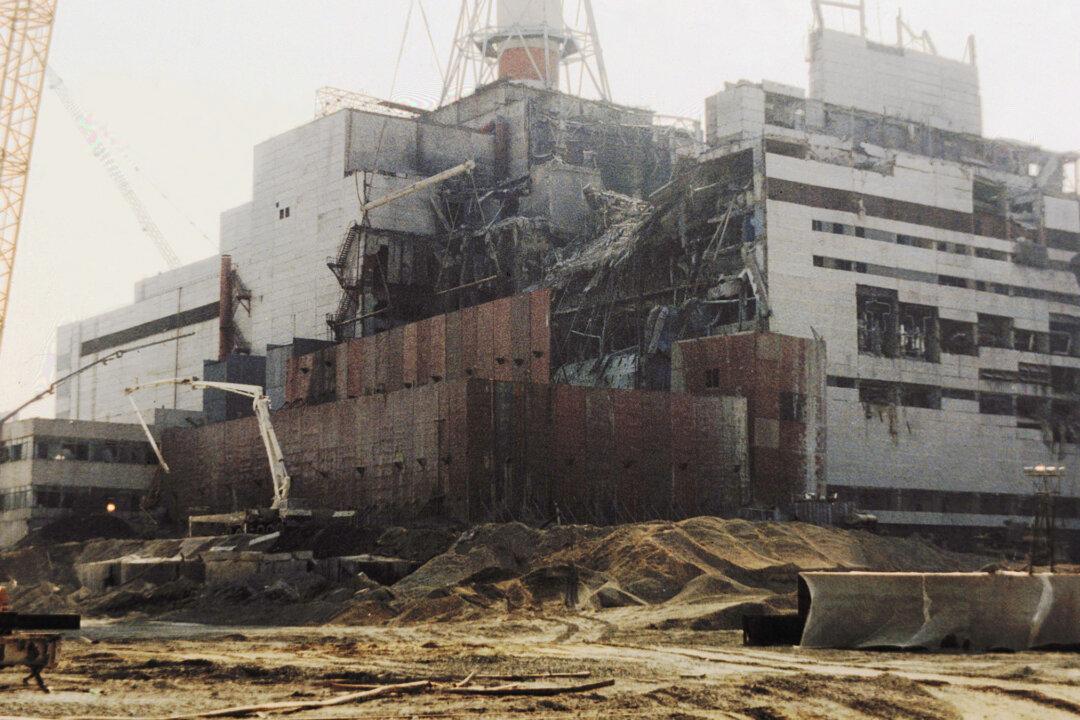Three scientists have published a paper claiming that the first explosion at the Chernobyl nuclear plant in Ukraine in April, 1986, was in fact a nuclear explosion and not a steam explosion as experts had previously thought.
Nuclear physicists Lars-Erik De Geer, Christer Persson and Henning Rodhe analyzed the radioactive fallout from Chernobyl that had spread both east and west.





